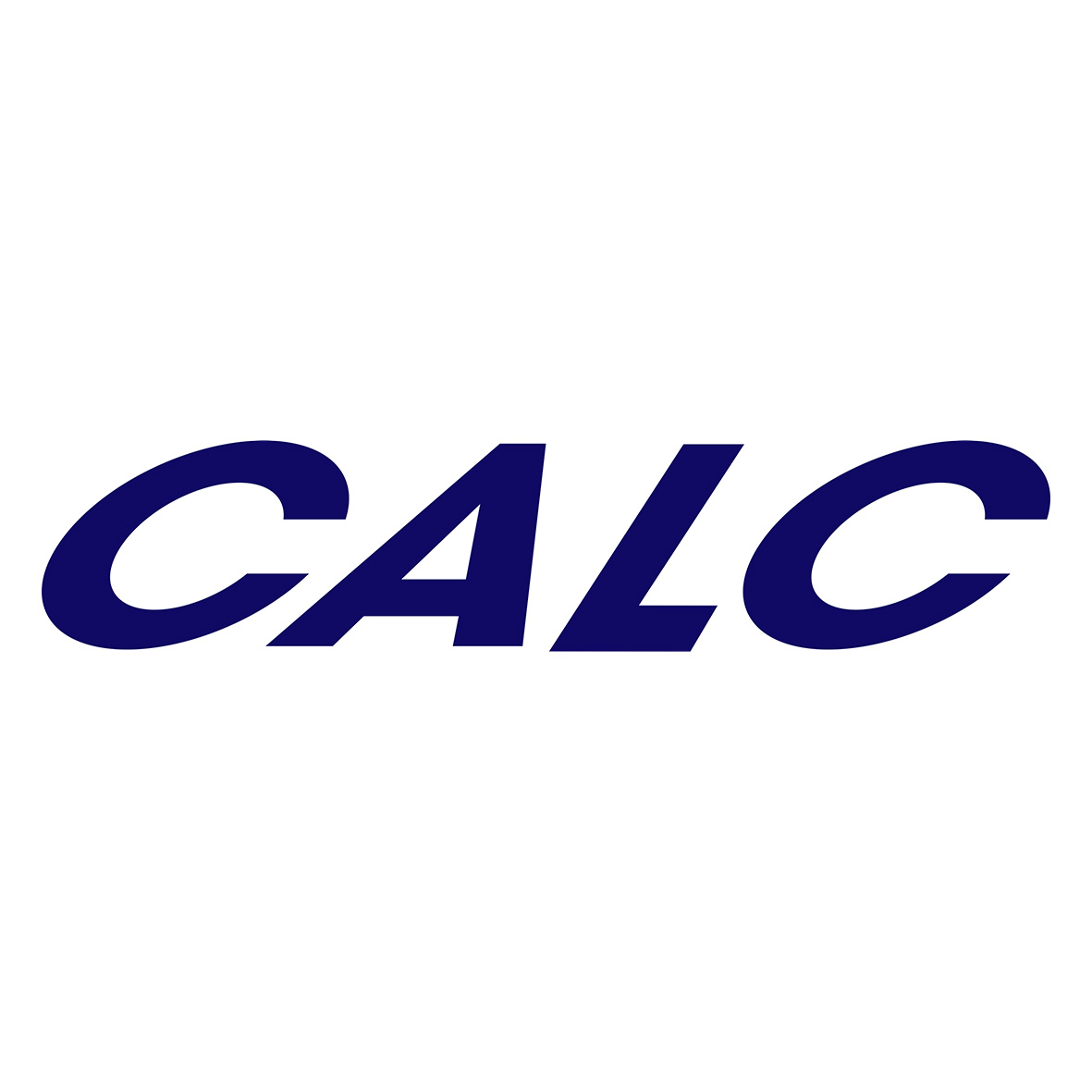
Strategic agility and competitive, diverse financing solutions are increasingly important in the evolving landscape of aviation finance, for companies to navigate the complexities of global market dynamics. The recent announcement by China Aircraft Leasing Group Holdings Limited (“CALC”), of a US$400 million warehouse facility closure exemplifies a valuable form of financing that supports growth and provides companies the necessary operating flexibility.
Warehouse facilities provide corporations with revolving credit, enabling them to finance asset growth (e.g., for aircraft), before securing long-term financing through capital markets or other permanent financing solutions. This facility is particularly valuable in the aviation industry, where the acquisition and management of aircraft assets require substantial and flexible financial resources. The structures of such facilities are designed to enable the aggregation of assets over an availability period, offering committed financing that aligns with a lessor’s strategic growth initiatives while allowing them to retain asset operating and turnover flexibility.
The demand for more flexible, competitive, and innovative financing solutions is on the rise. This is driven by the need for airlines and leasing companies to adapt to a rapidly changing economic landscape, enhance risk management and capitalize on expansion opportunities promptly. CALC’s financing product is re-emerging at an opportune time for the aviation finance sector, which is showing strong recovery from the COVID-19 pandemic.
The facility secured by CALC and led by a consortium of global financial institutions including BNP Paribas, Crédit Agricole CIB, MUFG and Natixis CIB as Mandated Lead Arrangers, is the first warehouse facility closed by an Asia-based lessor since 2015. This underscores the focus of aircraft lessors to further diversify their sources of financing. It also points to the global growth mindset of lessors such as CALC – who, with such facilities, are positioning the company for future capital markets issuances outside of Asia. CALC’s facility also uniquely incorporated a corporate guarantee allowing to optimize the facility parameters and build in the operating flexibility it was targeting. This shows that the structure of warehouse facilities continues to evolve to match borrower requirements. The inclusion of a sustainability-linked deposit account, with interest rates indexed to CALC’s environmental, social and governance (ESG) performance as rated by S&P Global Ratings, also highlight the growing importance within the aviation finance sector of aligning financial strategies with broader sustainability goals.
The design of CALC’s warehouse facility, which highlights the use of sustainability-linked financial measures, also indicates a growing integration of financial strategies with corporate sustainability objectives, a move that is increasingly becoming a standard in the industry.

*Find out more about CALC's engagement in the IATA's Strategic Partnership Program on the partners directory.